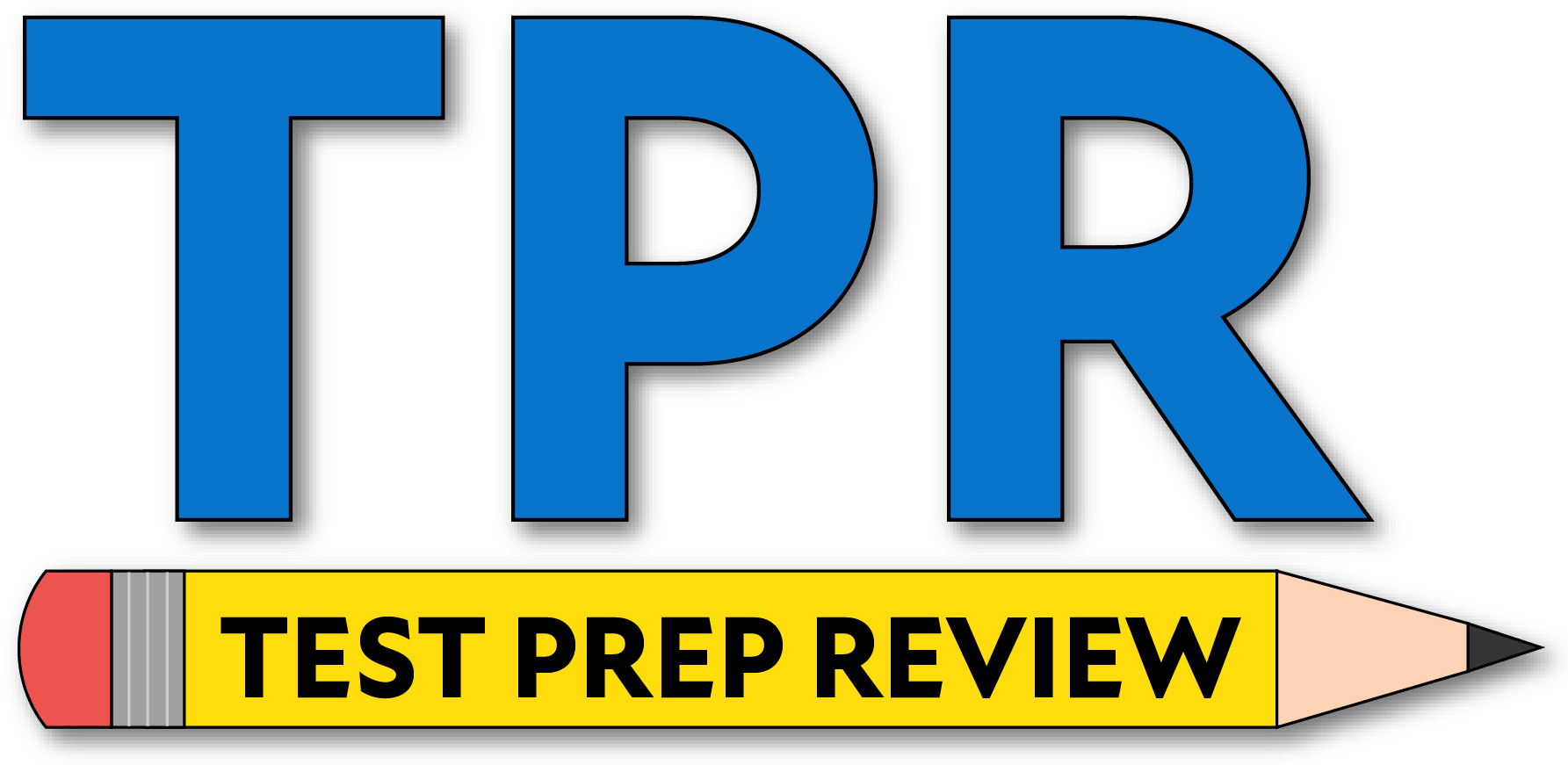Are you considering becoming a dentist, but are afraid that you can’t afford dental school? Think again. Yes, you’ll probably have to take out some student loans to pay for dental school, more than the average grad student, but with the above average income of dental professionals in this country, paying those student loans back shouldn’t present much difficulty. The income of the average practitioner of general dentistry is well over $100,000 a year; for specialized dentists the average yearly income is almost $200,000 a year. At that rate, paying off dental school student loans would not be difficult at all, and there is no reason to expect that incomes will do anything but go up in the future. Taking advantage of loans to attend dental school is a wise investment in one’s future. And there are plenty of dental school loans available. For starters, there are federal student loans that are open to everyone, not just future dentists.
The Perkins Loan program is a low interest loan based on financial need, and it allows grad students to borrow up to $30,000 over the course of their graduate studies, minus any Perkins loans taken out in undergraduate school. Dental students may also avail themselves of the federal Stafford loan program, and the loan amount limits on the Stafford are much higher than on the Perkins loan. There are two kinds of Stafford loans-subsidized and unsubsidized. Subsidized means the federal government pays the interest on the loan until you graduate, and for a grace period of several months after graduation. Unsubsidized means that you’ll be responsible for paying the interest immediately upon taking out the loan; however, you may elect to defer paying the interest until after you graduate, in which case the interest is simply added to the principal. Dental students may borrow up to $30,000 under the Stafford subsidized loan, and up to nearly $190,00 total (minus any undergraduate Stafford loans), with the rest being unsubsidized. The yearly limit is $38,500 as of this writing. Another federal source of dental student loans is the Health Professional Loan. The limits on the HPL vary, and are based partially on financial information supplied by parents. In addition to the federal government, there are other sources of dental school student loans.
The Educational Resource Institute (TERI) is a non profit group that provides up to $225,000 in loans to dental school students. And some banks, including Citibank, offer similar loans. Citibank will loan a dental student up to $220,000 for school itself, and up to $12,000 additional toward a residency after graduation. Many state governments, too, offer dental school student loans. Check with your state Department of Education or the dental school you’d like to attend. And if you’re flexible, you may be able to borrow the money to pay for dental school and never have to pay it back-both the federal government and many state governments have loan forgiveness programs for dental school graduates who agree to practice in areas underserved by dentists. So don’t let the cost of dental school hold you back if you’re thinking of attending-with the many varieties of dental school student loans and other options available, there’s no reason you can’t afford it.
